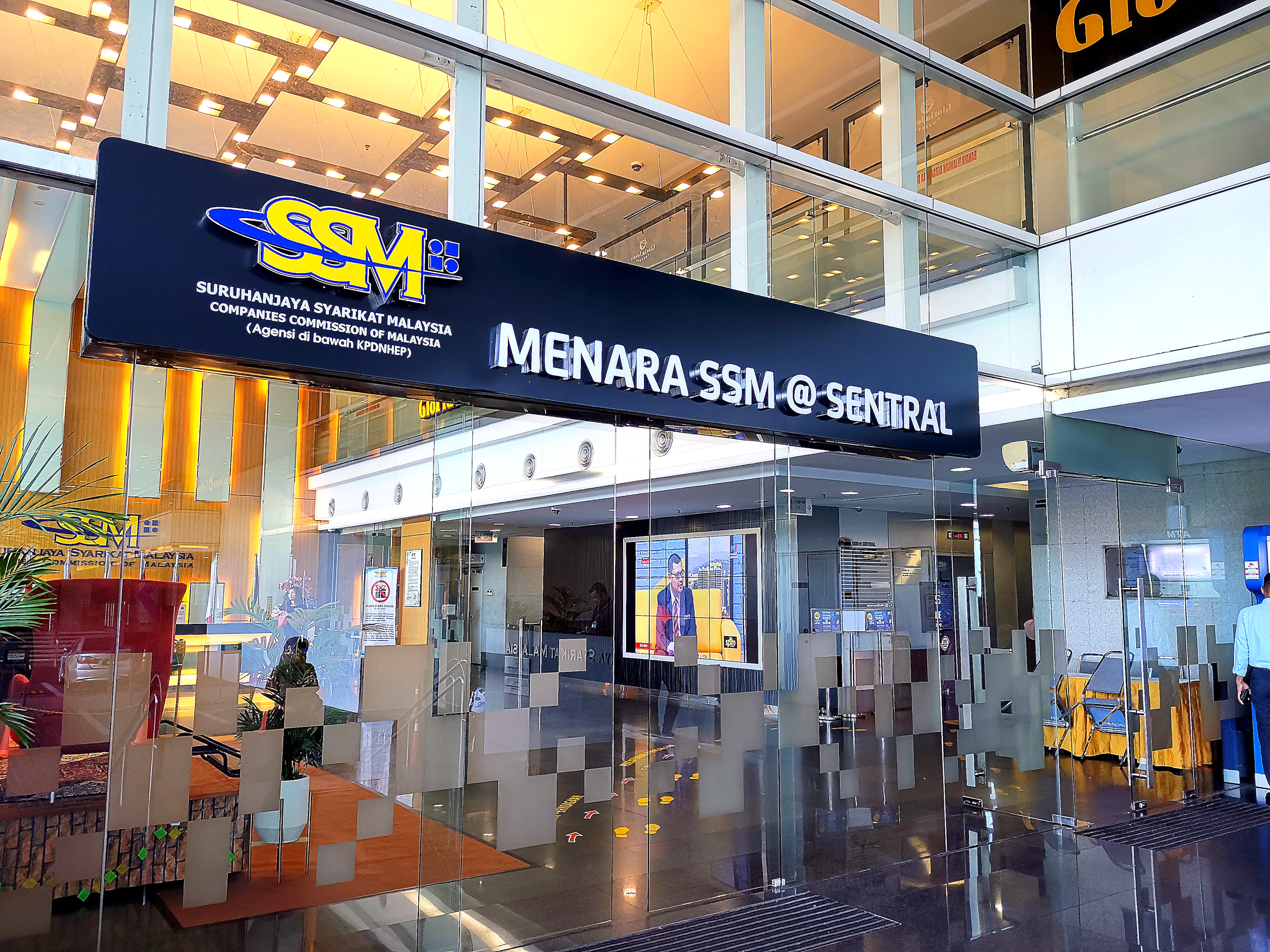Enterprise / Trading (Sole Proprietorship or Partnership) vs Sdn Bhd in Malaysia: Key Differences Every SME Should Know:
In Malaysia, every business must be formally registered unless exempted by specific regulations. Registration is done through the Companies Commission of Malaysia (SSM, Suruhanjaya Syarikat Malaysia), which oversees both the Registrar of Business (ROB) and the Registrar of Companies (ROC).
Entrepreneurs have several options for structuring their ventures:
- Sole Proprietorship (Pemilik Tunggal) – owned by one person.
- Partnership (Perkongsian) – owned by two to twenty partners.
- Private Limited Company (Sdn Bhd) – incorporated under the Companies Act 1965, with one to fifty shareholders.
- Limited Liability Partnership (LLP) – a newer hybrid structure introduced under the Limited Liability Partnership Act 2012.
While LLPs are gaining popularity, the most common choices among Malaysian SMEs remain Enterprise/Trading (Sole Proprietorship or Partnership) and Sdn Bhd. Understanding their differences helps business owners choose the right path.
- Enterprise (Sole Proprietorship/Partnership): No separate legal entity. The owner and the business are legally the same.
- Sdn Bhd: A separate legal entity. Shareholders invest capital, and directors manage operations. The company exists independently of its owners.
- Sole Proprietorship: One owner only.
- Partnership: Two to twenty partners.
- Sdn Bhd: One to fifty shareholders.
- Enterprise: Unlimited liability. Owners are personally responsible for all debts and obligations. Personal assets may be seized to settle business debts.
- Sdn Bhd: Limited liability. Shareholders are only liable up to the amount of their paid or unpaid share capital. Personal assets are protected.
- Enterprise: Business ends if the owner dies, becomes bankrupt, resigns, or if partners withdraw.
- Sdn Bhd: Perpetual succession. Ownership can be transferred through shareholding, allowing the company to continue despite changes in shareholders or directors.
- Enterprise: Assets belong directly to the owner(s).
- Sdn Bhd: Assets belong to the company, not individual shareholders.
- Enterprise: Managed directly by the owner(s).
- Sdn Bhd: Managed by a board of directors, with at least one director required.
- Enterprise: Profits are treated as personal income and taxed under personal income tax rates.
- Sdn Bhd: Corporate tax rates apply. For companies with paid-up capital not exceeding RM2.5 million, the first RM500,000 is taxed at 20%, and the remainder at 25%.
- Enterprise: Registered with the Registrar of Business under the Registration of Business Act 1956.
- Sdn Bhd: Incorporated with SSM under the Companies Act 1965.
- Enterprise: No need to appoint a company secretary, auditor, or tax agent. Simple accounts are sufficient.
- Sdn Bhd: Must appoint a company secretary and undergo annual audits. Tax filing requires a licensed tax agent. Annual compliance costs may range from RM2,000–RM5,000 or more, depending on accounting needs.
- Enterprise: Harder to secure loans. Banks often evaluate the owner’s personal financial standing.
- Sdn Bhd: Easier to obtain loans, government grants, or large contracts due to stronger financial credibility and legal structure.
Pros:
- Low cost of registration and maintenance.
- Simple tax reporting under personal income tax.
- Flexible and easy to manage.
Cons:
- Unlimited liability puts personal assets at risk.
- Difficult to raise capital or secure bank financing.
- Limited credibility for large projects or government tenders.
Pros:
- Separate legal entity with limited liability.
- Easier access to financing, contracts, and government tenders.
- Perpetual existence, transferable through shares.
Cons:
- Higher compliance and operating costs.
- Requires more formal record-keeping, audits, and tax filings.
- Less flexibility in “tax minimization” compared to small enterprises.
Many Malaysian entrepreneurs start as sole proprietors or partnerships and later transition to Sdn Bhd when business expands. The process involves:
- Setting up a new company under SSM.
- Opening a new bank account under the company’s name.
- Notifying suppliers and customers of the new entity.
- Transferring stock and fixed assets to the company.
While the transition requires effort, the benefits of credibility, financing opportunities, and limited liability often outweigh the costs for growing SMEs.
The choice between Enterprise/Trading (Sole Proprietorship or Partnership) and Sdn Bhd depends on business goals, size, and risk tolerance.
- For small, low-risk businesses with minimal capital needs, an enterprise structure offers simplicity and low cost.
- For ambitious SMEs seeking financing, long-term growth, or government contracts, incorporating as a Sdn Bhd provides stronger legal protection and credibility.
Entrepreneurs should weigh their risk appetite, growth plans, and compliance capacity before deciding. Malaysia’s SME ecosystem offers flexibility to start small and scale up when the time is right.

